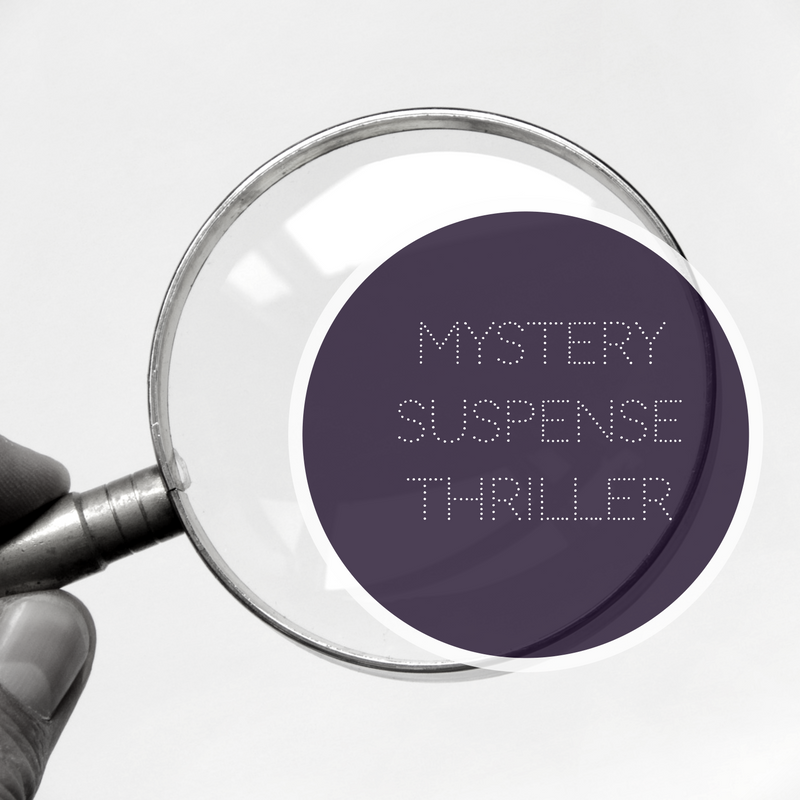What’s the secret of using others’ stories to beef up our own without plagiarizing?
I’m always looking to craft my suspense/thriller manuscripts into something that’s worthy of publication. I find reading a well-crafted novel in my genre is one of the best ways to improve my own writing.
Recently, I finished one of the many suspense novels by an author I enjoy, but I wasn’t keying in on any kind of errors (there were none to my eyes) in order to dash off a negative tweet or post, or to simply lose myself in the story, but to learn.
So, I studied how this author assembled everything throughout her book. It’s harder than it sounds because I kept getting lost in the story and characters, but I forced myself to maintain my scholarly approach and stay in critique-mode. I even jotted down actual notes. (A great way to make sure your Comparables and their summaries in a proposal aimed toward traditional publishing are accurate.)
I noted the following:
What was the author’s first sentence, first paragraph, first page? How did she end the first chapter?
How did she make use of the second chapter? Did she introduce the antagonist or the love interest with a second Point of View? If so, how often did she bring it in? Every other chapter? Every few chapters? Did she give each POV several chapters in a row before changing POVs? Did she bring in more than two POVs?
I made special note of how she ended the third chapter because the first three chapters are included in a book proposal and potential publishers base acceptance or rejection on these. From these chapters, I tried to figure out what drew this particular manuscript to the publisher when it was just a few pages within the author’s proposal. Hint – end the third chapter with a tasty cliffhanger, something to encourage the acquisition editor to ask for a full manuscript!
In what ways did the author end the first quarter of the book? Was there a transition in the main character’s journey?
What about the midpoint of the book? Was there a ‘pow’? A major main character realization? A big reveal? An unexpected twist? Some authors do a big midpoint and the reader can actually turn to the middle of the book and find it exactly on the page half-way through the book. Dean Koontz is big for his midpoint ‘pows’. And yes, my ‘template’ author provided one as well.
At the start of the second half of the book, what happened in the plot? What did the characters do differently?
Did the second half build toward the climax in a logical way? Did the climax keep the reader turning pages?
How was the denouement handled? Did the story answer all the questions the author presented? Did it set up a second book in a series? Even if the book is part of a series, it should still end with all loose ends neatly knotted.
Finally, was the ending satisfying and did it make sense? There’s nothing worse for a reader than to lose themselves in a story only to slam against an ending that leaves them hanging. Don’t be that author.
I also studied details––word choice, sentence structure, paragraph structure, use of phrases versus full sentences, dialogue, character description and development, scene description, and cliffhangers. What were the mood, tone, and pacing, and how did they create the feeling the author was trying to portray?
I use books from my favorite genre––mystery, suspense, and thriller––as a sort of textbook for crafting my own stories. But don’t get me wrong. I often just read to lose myself in the author’s fictional world and escape my own for a few hours.
“As writers, our greatest instructors will always be other stories. Novels, television, movies, graphic novels, video games — anything that tells a story is our mentor and our muse.” John Matthew Fox
Every story can serve as a catalyst for ideas and a conveyer of information to guide us.
It’s good to know we have multiple ‘craft’ books at our fingertips with every novel we read. In fact, they hold important secrets for our own. It’s best we mine each one.
Write well, my friends.
PJ Gover

PJ Gover encourages her readers to live the thrill one story at a time. She wrote her first thriller at age nine, all of six pages, but only returned to creating suspense/thrillers years later after unearthing her deceased father’s secret work designing missiles for the government. After thirteen writing awards, including five for first place, her high school English teacher must be shaking her head in disbelief. A ranch in Texas serves as home base. Offer her well-crafted chili rellenos or anything gluten-free and you’ll have a friend for life. Jim Hart of Hartline Literary represents PJ.
She’d love to hear from you!
- Website: PJGover.com


 We love helping your growing in your writing career.
We love helping your growing in your writing career.

No Comments